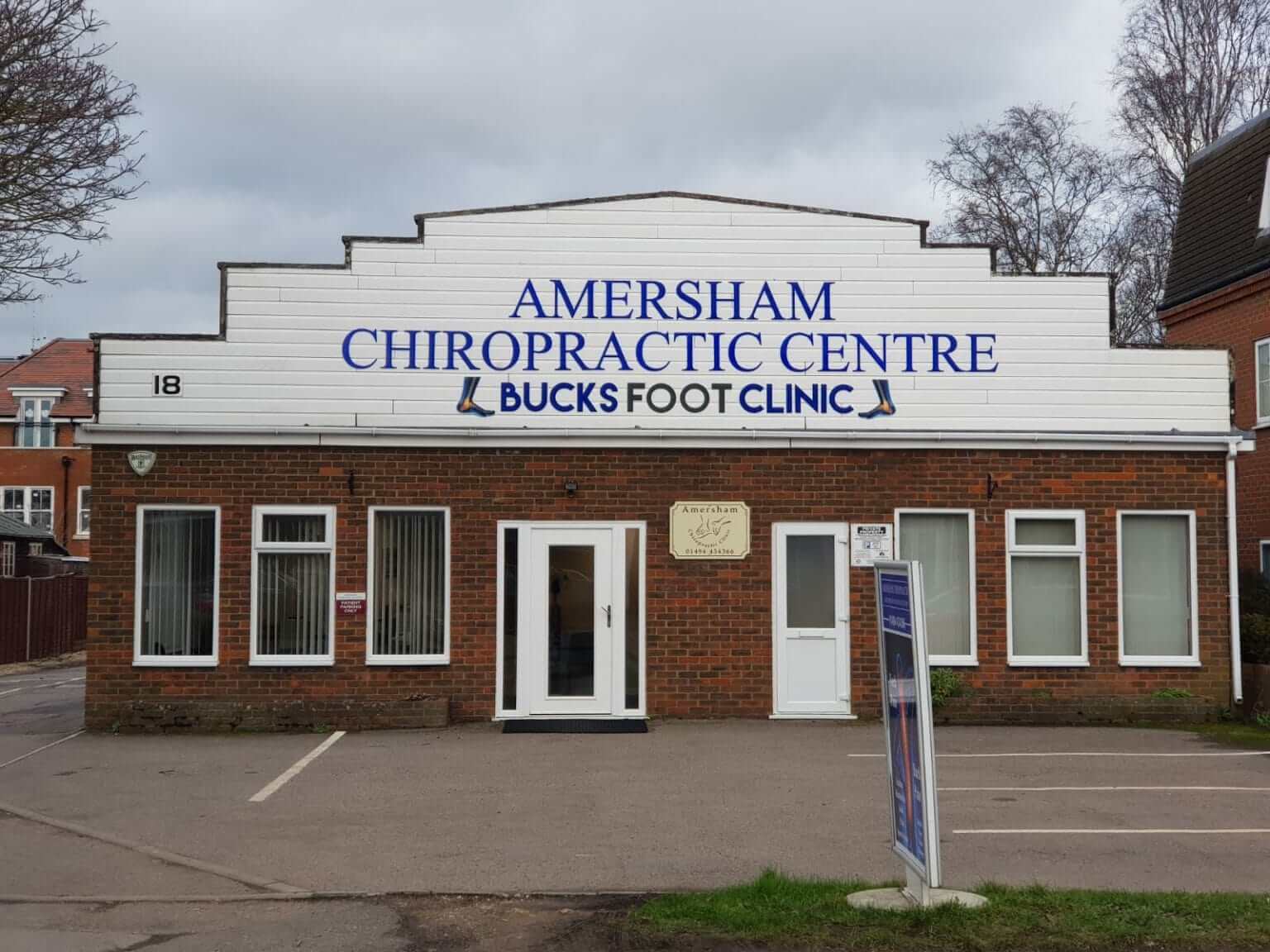
What are corns?
Corns are thickened areas of skin that usually occur on the feet. They are pretty similar to a callus, but they are comparatively smaller, more challenging, and much more painful.
Although corns are not lethal, they can cause irritation and frustration for sufferers.
You can use home remedies to treat corns, but it is recommended to see a foot specialist or podiatrist.
In this article, you will learn everything you need to know about home remedies and professional corn treatment for foot.
Lifestyle and home remedies
According to dermatologists, you should follow these steps to get rid of corns:
- Soak your foot in warm water
Soaking your feet in warm and soapy water can soften the corns. Make sure that the corn is fully submerged for around 10 minutes. Softened corn will make it very easy to remove the thickened skin. - File the corn
Use a pumice stone to file the corn. Gentle circular motions can help get rid of the dead skin. Please do not overdo filing the corn because it is straightforward to take off too much skin, leading to bleeding. - Use over-the-counter corn pads.
You can always buy an over-the-counter corn pad to protect the corn from making contact with your shoe.
The above lifestyle and home remedies to treat corns on your own are for those who are not suffering from diabetes or any other medical condition that causes poor blood flow.
If you are experiencing any of these conditions, it is best to consult your doctor, foot specialist or podiatrist.
When to see a doctor
If you have diabetes or the corn is causing too much pain, you should immediately consult a doctor or foot specialist. You can contact Corn Removal Little Chalfont to schedule an appointment with a podiatrist.
Corn Treatment for Foot
If you visit a podiatrist for corn treatment Beaconsfield, the following are some of the treatments they recommend to you.
- Trimming away the corn
Your doctor can easily trim corn using a scalpel. However, it is not recommended to do it on your own because it can easily lead to an infection. - Callus-removing medication
Your doctor can also apply a patch with 40 per cent salicylic acid to treat your corn. The doctor will also advise you on replacing the patch and how often you should replace it. - Surgery
If your corn is not treatable using the methods mentioned above, your doctor may recommend surgery to fix the alignment of a bone that is causing friction.
How to prevent corns
To make sure that your corns do not come back after treatment, you must eradicate the conditions that caused them to appear in the first place.
The following are some of the tips that will help you to eliminate friction and prevent corns from coming back:
- Wear shoes and socks that aren’t too tight or too loose.
- Trim your toenails.
- Keep your feet clean by regularly washing them with warm and soapy water.
- Use creams and lotions regularly to prevent friction and dryness.
Where Can I Find Effective Corn Removal Little Chalfont?
If you are looking for the best corn treatment Beaconsfield, look no more because Bucks Foot Clinic is here to help.
Bucks Foot Clinic is the best place for corn treatment for foot.
They will look after you and your feet so that you can get back to your daily routine as soon as possible.
Just make an appointment, let the professional podiatrist look at your feet, diagnose the cause of the corn, and offer you the best Corn Treatment for Foot.
Please call us on 0800 107 3290 / 077 99 122 099 Or contact us

Recent Comments